Step right up: the tango finally returns to Argentina
With social distancing rules relaxed, people are returning in droves to tango clubs across Buenos Aires in hopes of reviving the pre-pandemic spirit, says David Feliba
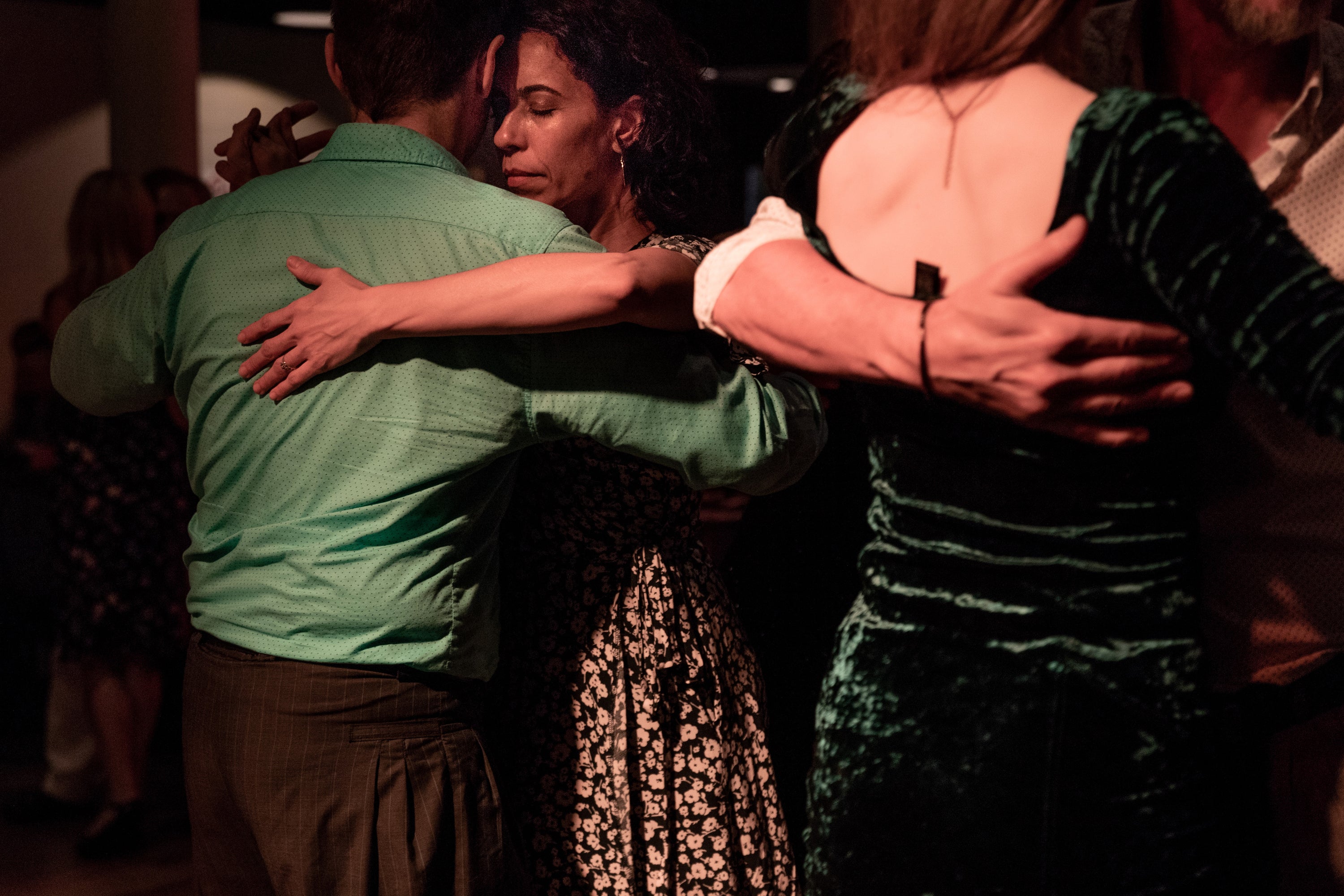
Tissiana Correia wheels and struts on the floor of Nuevo Gricel, a tango club in Buenos Aires, the skirt of her print dress belling out as she turns to embrace partner Rodrigo Yaltone.
Correia, a kinesiologist from Brazil, took her first tango class in Rio de Janeiro two decades ago. She eventually came to Argentina to perfect the dance and never left.
After authorities here ordered one of Latin America’s most stringent coronavirus lockdowns, she did what she could to keep the dance alive – taking lessons online, practising in her apartment. Now she was thrilled to be back in a club with fellow dancers.
“For me, this is life itself,” she says during a Sunday night session at Gricel, once again teeming with tangueros. “I am bubbling with joy.”
Masks off and social distancing rules relaxed, Argentines are returning to the tango clubs of the capital in hopes of reviving the pre-pandemic spirit of the iconic national dance. Clubs that cater to tourists are again hosting shows every day.
But a full recovery is uncertain: the sector was already struggling before the pandemic. All of Buenos Aires’ nearly 200 milongas – tango sessions for locals – shut down in 2020, more than 50 for good. Only now are tourists, the lifeblood of the tango economy, trickling back into the country. Inflation, meanwhile, is spiralling, and economic crisis looms.
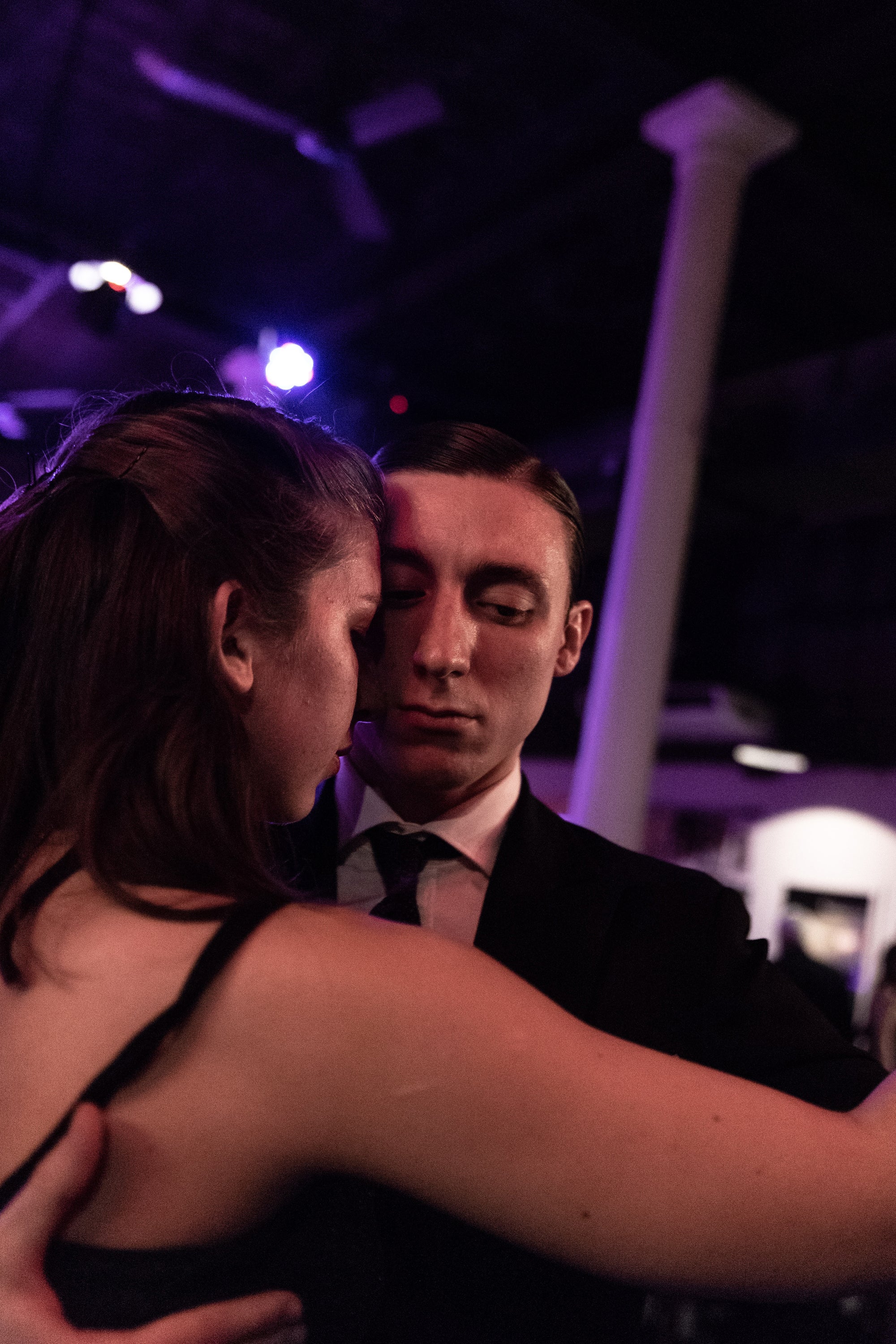
“We’re definitely back, but the industry isn’t on its feet yet,” says Julio Bassan, president of the Association of Milonga Organisers.
When the pandemic arrived in this South American nation, the industry had little choice but to shut down. Argentine authorities ordered strict curfews, and the tango, a dance of abrazos – embraces – doesn’t lend itself to social distancing.
At Gricel, an assembly of 250 people decided in March 2020 it was time to close.
“It was very sad to see the ballroom empty,” says owner Daniel Rezk. Online classes, raffles and support from foreign enthusiasts saved the 28-year-old venue from extinction.
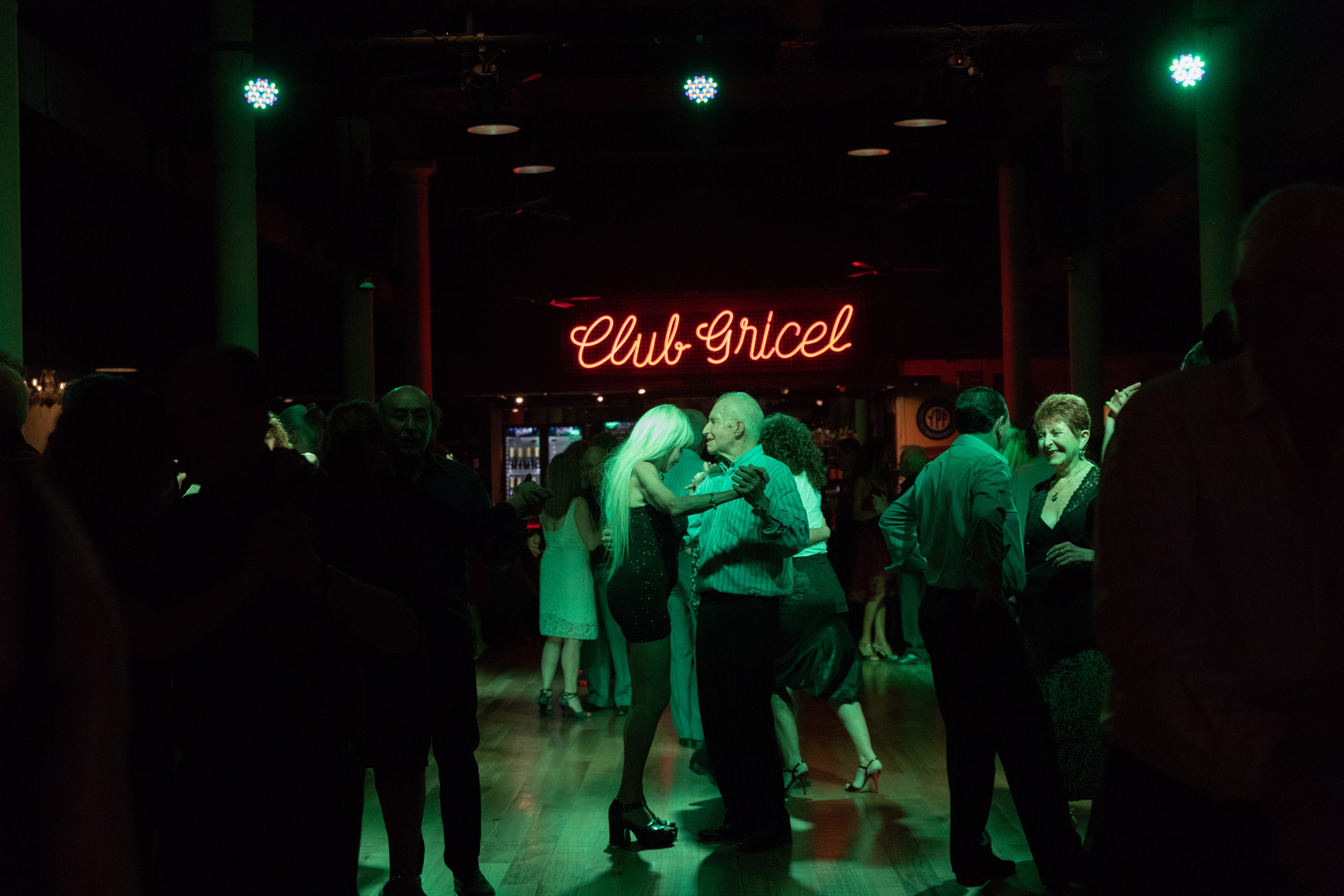
Despite the lockdown, Argentina was among the Latin American countries hit hardest by the coronavirus. The country has reported more than 9.7 million cases, second only to Brazil, and 130,000 deaths.
For many porteños – Buenos Aires residents – milongas are more than just places to dance. They offer a community in which people of all ages and backgrounds bond. “When they reopened, for many of us, it was like feeling alive again,” says Marina Améndola.
Rezk described the emotion of hearing tango music through his club’s loudspeakers again.
“I said to myself:,‘This is exactly what was missing in my life! No wonder I used to be down for no apparent reason!’”
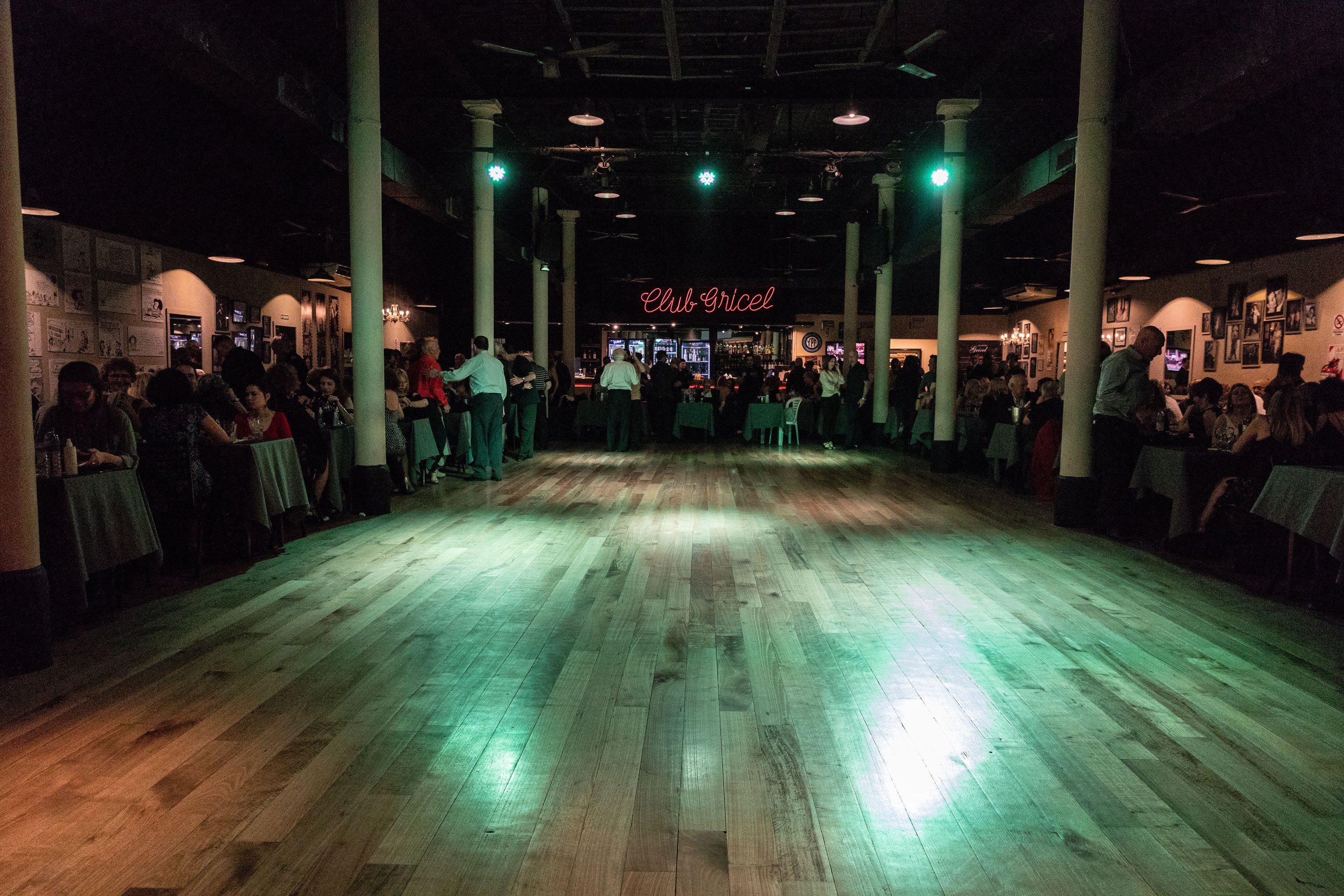
Améndola, who visits Gricel four nights a week, says tango helped her recover a social life when she became a widow. “I had no contact with any other man than my husband, and I certainly did not do abrazos with anyone,” she says. “Through tango, I was able to break through that.”
The sensuous dance, initially forbidden, emerged in the late 1800s among immigrants and formerly enslaved people in the poorer boroughs of Buenos Aires and Montevideo, Uruguay, on the banks of the Río de la Plata. It migrated in the early 1900s from bars and brothels to international recognition. Now it’s on Unesco’s Intangible Cultural Heritage of Humanity list.
It is also a substantial industry in Argentina, employing around 10,000 people, including dancers, musicians and producers.
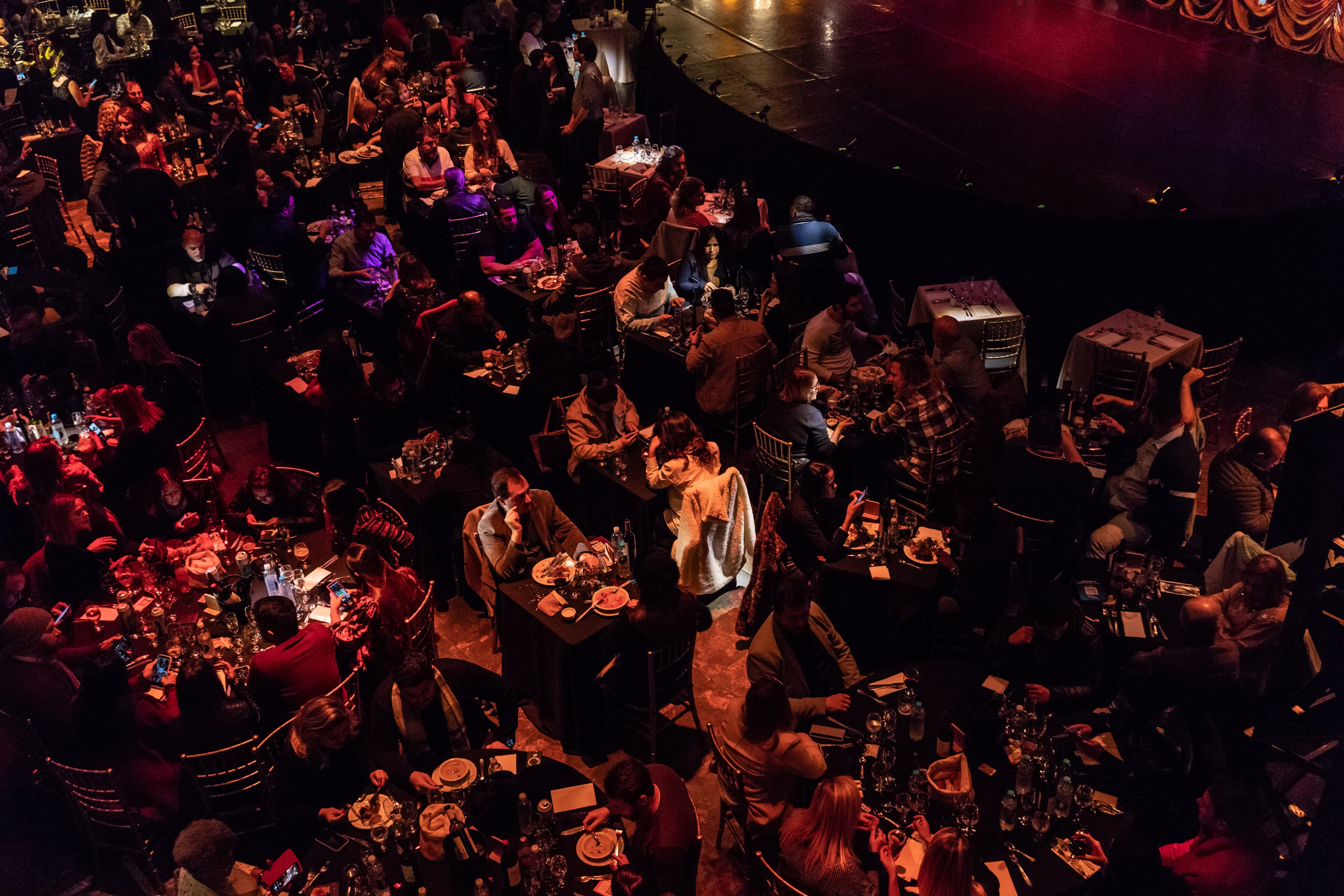
When the clubs closed, they resorted to other work: delivering food, driving for Uber or selling staples. Some pawned violins and bandoneónes – instruments of the accordion family popular in the Southern Cone of South America.
“The pandemic was devastating for us. Everything closed, and there was no tourism,” says dancer Iván Romero. He got by teaching online. “I did not make money, but at least I could survive.”
As damaging as the pandemic was, a growing economic crisis portends more hardship. Annual inflation in Argentina is running close to 100 per cent; wages are not keeping pace. Many milongas, unable to raise ticket prices, are having difficulty paying their rents.
“It is increasingly difficult to sustain venues exclusively for tango,” Bassan says.
Prominent dancer Mora Godoy – she once taught steps to Barack Obama – says government assistance is needed. “The abrupt halt was a smack of reality and tragedy,” she says. “We tangueros were left completely adrift, with no kind of support.”
The pandemic exposed the precarious nature of the sector. According to the Federal Assembly of Tango Workers, half are employed informally.
Even with the clubs open again, bandoneonista Diego Benbassat, says, playing is sometimes unprofitable: “What you make barely gets you there and back.”
In a small backstage dressing room at Madero Tango, two dancers – a 22-year couple in both tango and in life – prepare for a show. Tango plays on a small speaker as they apply their makeup. Fellow dancers stretch on the floor of a narrow corridor outside. They’re about to perform before an audience of 450.
For artists, tango houses can be stable sources of income. Buenos Aires is home to 15 venues that draw tourists daily with the best-known Argentine attractions: red meat, the red wine malbec and tango.
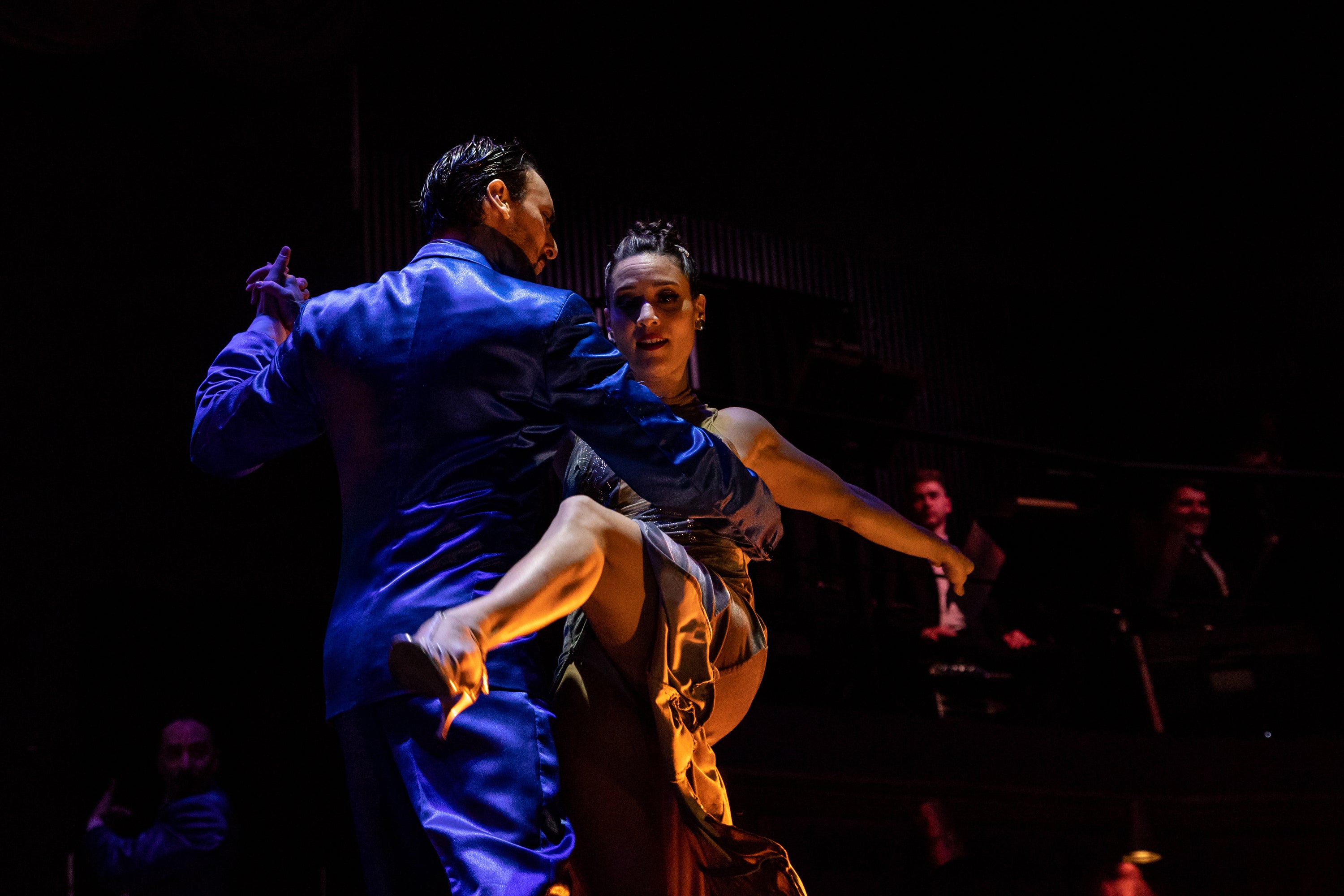
Madero Tango, like many other venues, barely made it through the pandemic.
“It was a warlike economy,” owner Cristian Caram says. “We exhausted more than five years of savings, and it was still not clear if we would make it.
“This is a profitable business so long you do not sink in the middle of the river. That was my nightmare. What if we do not reach the other shore?”
Tangueros are grateful that tourism is starting to flood in. In Gricel, an orchestra is set up. It’s going to be a long night, as milongas typically are, and Rezk is struggling to accommodate everyone.
The club owner came late to tango, at 60. His story, he says, is proof that one is never too old to learn. “It is impossible to describe what it feels to embrace someone while dancing,” he says. “Tango has that little thing ... it is Argentine. When you dance, you feel that it belongs to you. Maradona, Messi, maybe Fangio ... and tango.”
© The Washington Post
Join our commenting forum
Join thought-provoking conversations, follow other Independent readers and see their replies
Comments



Bookmark popover
Removed from bookmarks